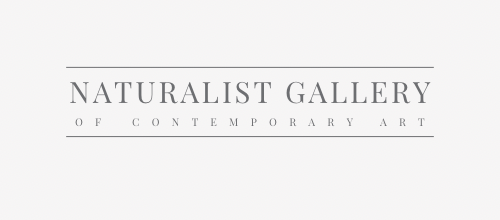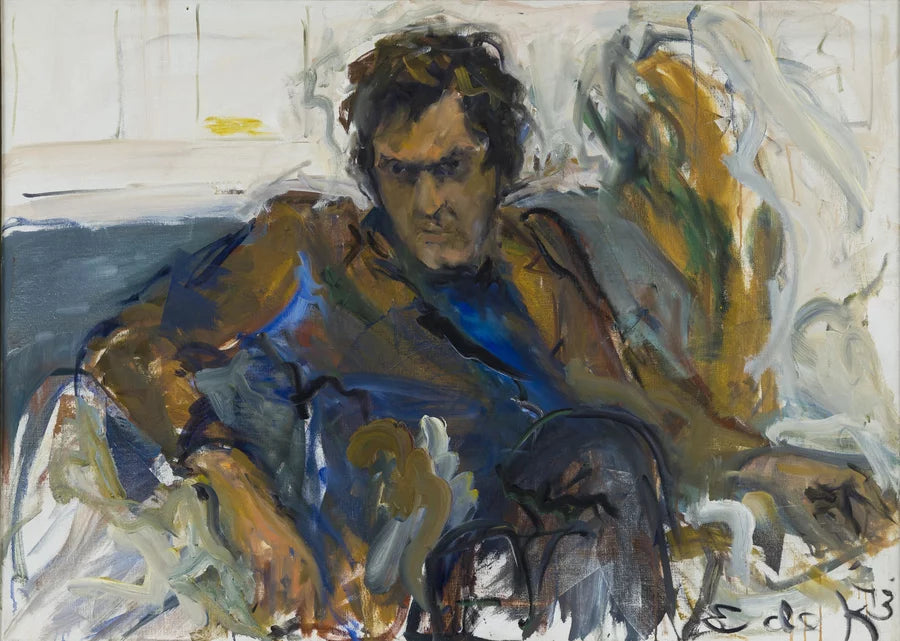Featured Image: Scowling Robert De Niro Sr. (1973) Elaine de Kooning
Explore the diverse daily routines of iconic artists like Salvador Dalí, Andy Warhol, and Georgia O'Keeffe. Learn from their unique rituals, discovering the varied paths to life in art.
Artistic brilliance often comes with unique habits, rituals, and routines that shape the daily lives of famous artists. Let's delve into the intriguing worlds of these artists and see what can be learned from their daily rituals.
Explore our curated selection of contemporary artists from around the globe.
Naturalist Gallery offers artist representation internationally. Apply your art.
Salvador Dalí: Surrealist Self-Importance
The Persistence of Memory (1931) Salvador Dali
Salvador Dalí, the eccentric surrealist, embraced his own grandeur every morning. "Every morning upon awakening," he wrote in 1953, "I experience a supreme pleasure: that of being Salvador Dalí." His routine involved contemplating the prodigious feats he could achieve that day. This unique approach set the stage for a day filled with surreal creativity.
Andy Warhol: Daily Dialogues and Artistic Adventures
Campbell's Soup Cans (1962) Andy Warhol
For Andy Warhol, routine intertwined with social engagement and artistic pursuits. Between 1976 and 1987, he kick-started his day with a phone call to friend Pat Hackett to recount the previous day's events. This conversation evolved into The Andy Warhol Diaries. Post-dialogue, Warhol delved into a morning of eclectic shopping and exploration, keeping the creative juices flowing.
Balthus: Contemplative Breakfasts and Meditative Mornings
The Street (1931) Balthus
Balthus, the enigmatic painter, approached his mornings with introspection. After breakfast around 9:30 a.m., he assessed the quality of sunlight to determine if painting was in the cards for the day. Following a meditative session in front of an unfinished canvas, he would engage in the artistic process, all while enjoying the concentration-enhancing effects of smoking.
Robert Rauschenberg: Morning Espresso and TV Stimulation
White Painting (Three Panel) (1951) Robert Rauschenberg
Robert Rauschenberg's mornings began with a hearty breakfast and a triple espresso to fuel his creative energies. TV played a significant role in his studio, providing a constant visual stimulus. This visual feast, combined with Rauschenberg's voracious consumption of images, contributed to his influential assemblages.
Chris Ofili: Rituals in Color and Watercolor
No Woman No Cry (1998) Chris Ofili
Turner Prize-winning artist Chris Ofili embraced a strict routine that involved focused sessions in his London studio. Starting around 9 to 10 a.m., he began with abstract pencil marks on paper, transitioning to vibrant watercolors featuring different African heads. This routine, developed over years, culminated in a remarkable series that became the basis for an exhibition.
Louise Bourgeois: Habitual Mornings and Silent Studios
Maman (1999) Louise Bourgeois
Louise Bourgeois approached her mornings with ritualistic precision. A cup of tea and jelly, a drive to her Brooklyn studio, and a preference for silence set the stage for her creative endeavors. Engaging in physical activities in the morning and reserving afternoons for drawing, Bourgeois maintained a structured routine to enhance her artistic focus.
N.C. Wyeth: Morning Energies and Swift Artistic Execution
Island Funeral (1939) N.C. Wyeth
N.C. Wyeth, known for illustrating literary classics, maximized his mornings for productivity. Rising at 5 a.m., he began with wood chopping, followed by a hearty breakfast. Swiftly transitioning to painting in his studio, Wyeth completed works in just a few hours, emphasizing the importance of a brisk and efficient creative process.
Willem and Elaine de Kooning: Artistic Collaboration in the Afternoon
A Tree in Naples (1960) Willem de Kooning
Willem de Kooning, along with his artist-wife Elaine, maintained a non-traditional schedule. Preferring late starts in the morning, the couple shared a studio, painting away the day with coffee breaks. Their routine seamlessly integrated artistic collaboration and personal connection.
Joan Miró: Disciplined Days and Depression Mitigation
The Farm (1922) Joan Miró
Joan Miró's routine reflected discipline as a tool to combat depression. Rising at 6 a.m., he committed dedicated hours to painting, followed by rigorous exercise. Miró believed that physical activity played a vital role in maintaining mental well-being, showcasing a holistic approach to creativity.
Marina Abramović: Endurance and Strict Performance Rituals
Counting the Rice (Presented at MONA) (2015) Marina Abramović
Performance artist Marina Abramović's daily routine was tightly intertwined with her iconic work, "The Artist Is Present." A rigorous schedule, including a strict hydration routine and specific dietary choices, sustained her through long hours of unmoving performance. This disciplined approach showcased the endurance required for impactful artistic expression.
Georgia O'Keeffe: Sunrise Serenity and Creative Sanctuary
Georgia O'Keeffe, captivated by the tranquility of mornings, embraced the solitude of the early hours. Rising with the sun, she relished the quietude, often taking a morning walk armed with a stick for protection. After a nourishing breakfast, she dedicated her days to the studio, cherishing the creative sanctuary it provided.
View limited edition prints by contemporary artists at Naturalist Gallery.
In exploring the daily routines of these artistic luminaries, one common thread emerges: the diversity of approaches to creativity. From disciplined schedules to spontaneous musings, each artist crafted a unique rhythm to fuel their artistic endeavors. Aspiring creators can draw inspiration from this rich tapestry of routines, discovering the diverse paths that lead to the canvas or the studio, ultimately learning from the masters themselves.
You may also find the following articles helpful:
The Fine Art Enthusiast's Guide
Corporate Takeover of the Art World
Art Criticism: Evaluating Contemporary Art
Art Consultants in the Contemporary Art World
The Art Advisor's Guide: Navigating the Art Market
Artist Grants: A Guide to Successful Applications


